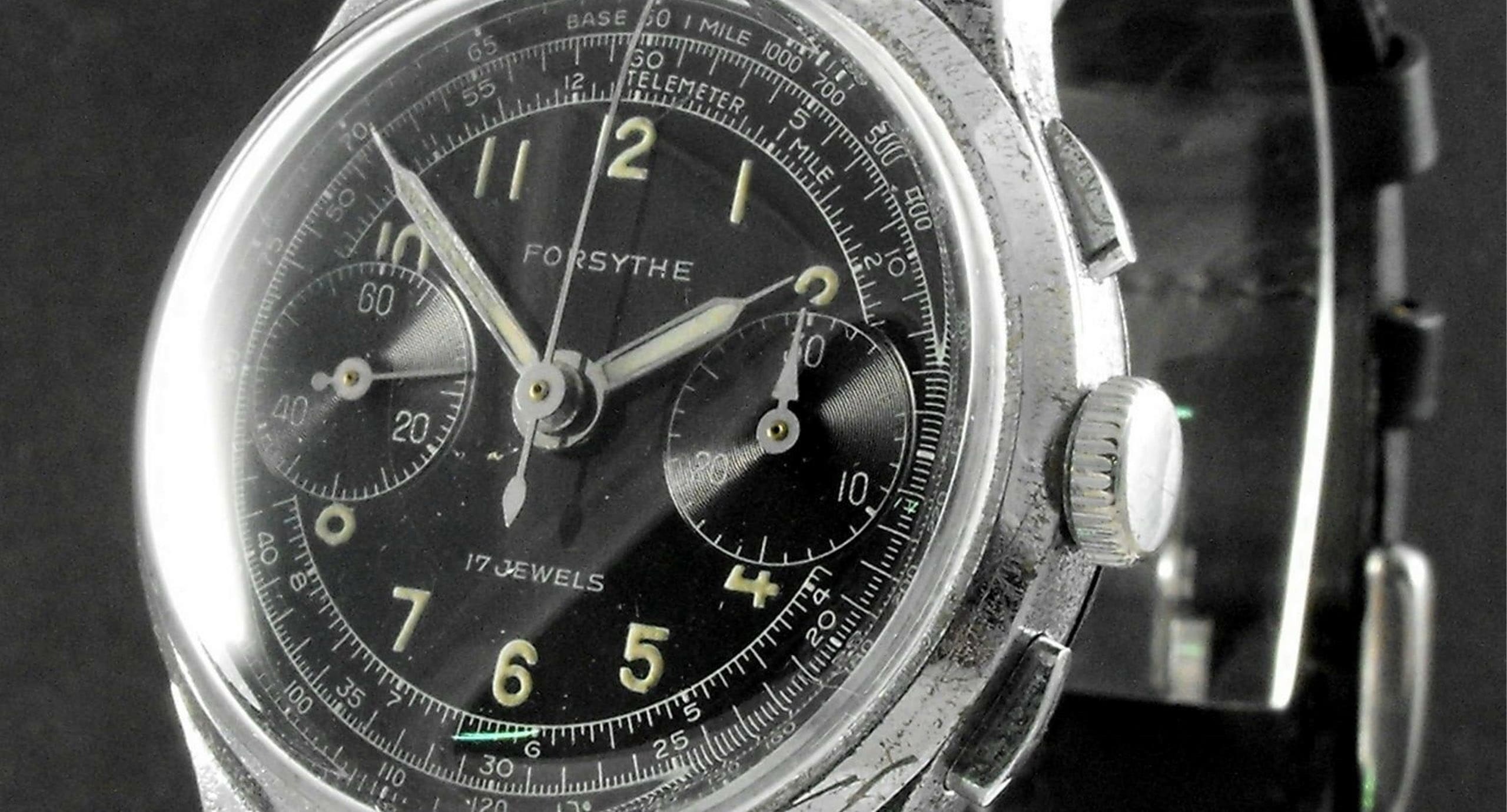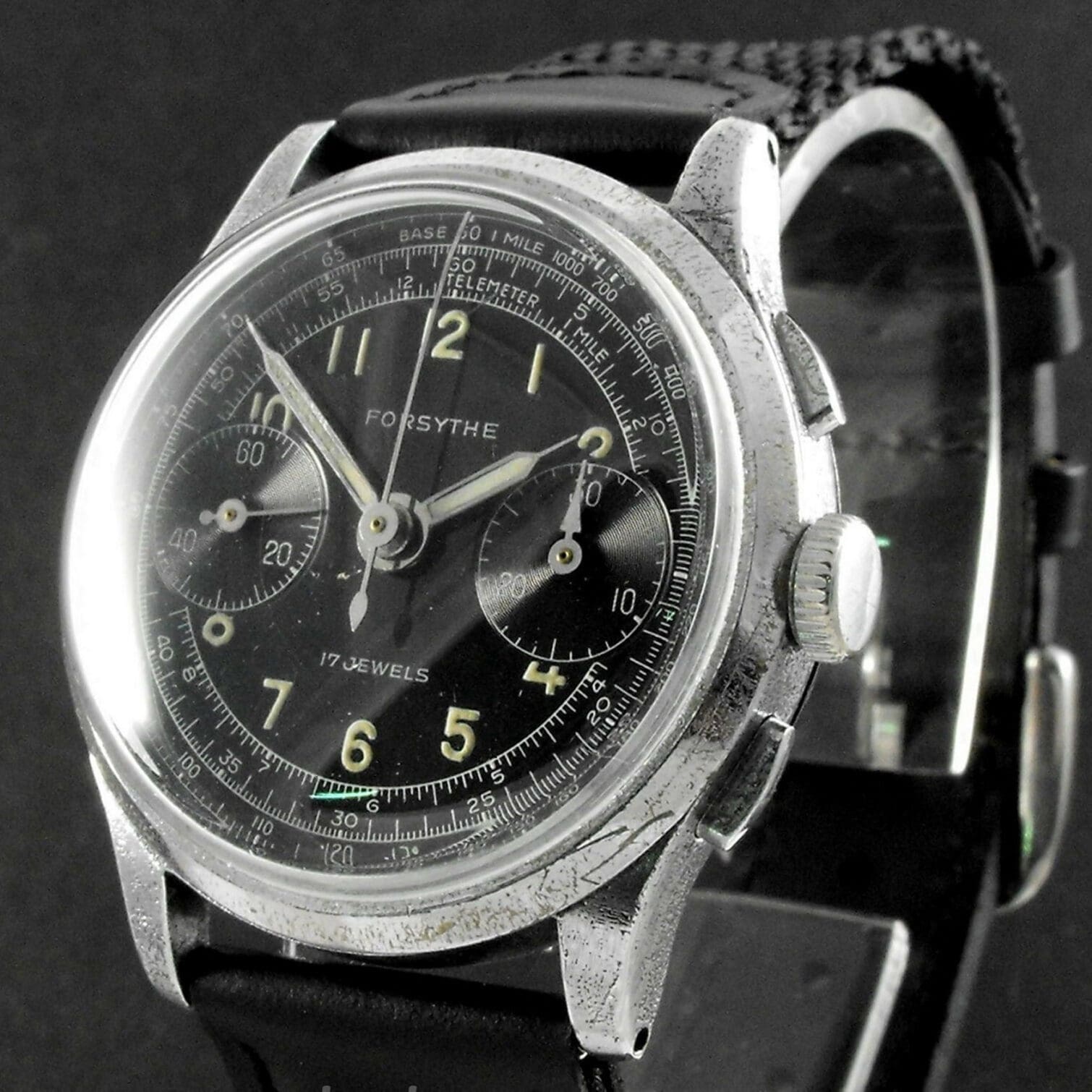The history of Landeron, the legendary manufacturer that never gets the recognition it deserves
Fergus NashIn the collective memory of watch enthusiasts, the legendary watchmakers are the likes of Breguet, Lange and of course the holy trinity of Audemars Piguet, Vacheron Constantin and Patek Philippe. Investigating the history of more affordable and less luxurious movements brings up ETA, Miyota and Seiko, but there is one company which never seems to get the recognition it deserves. A manufacturer who simultaneously supplied luxury brands as well as bringing Swiss chronographs to the masses, Landeron deserve more than just one moment in the spotlight.
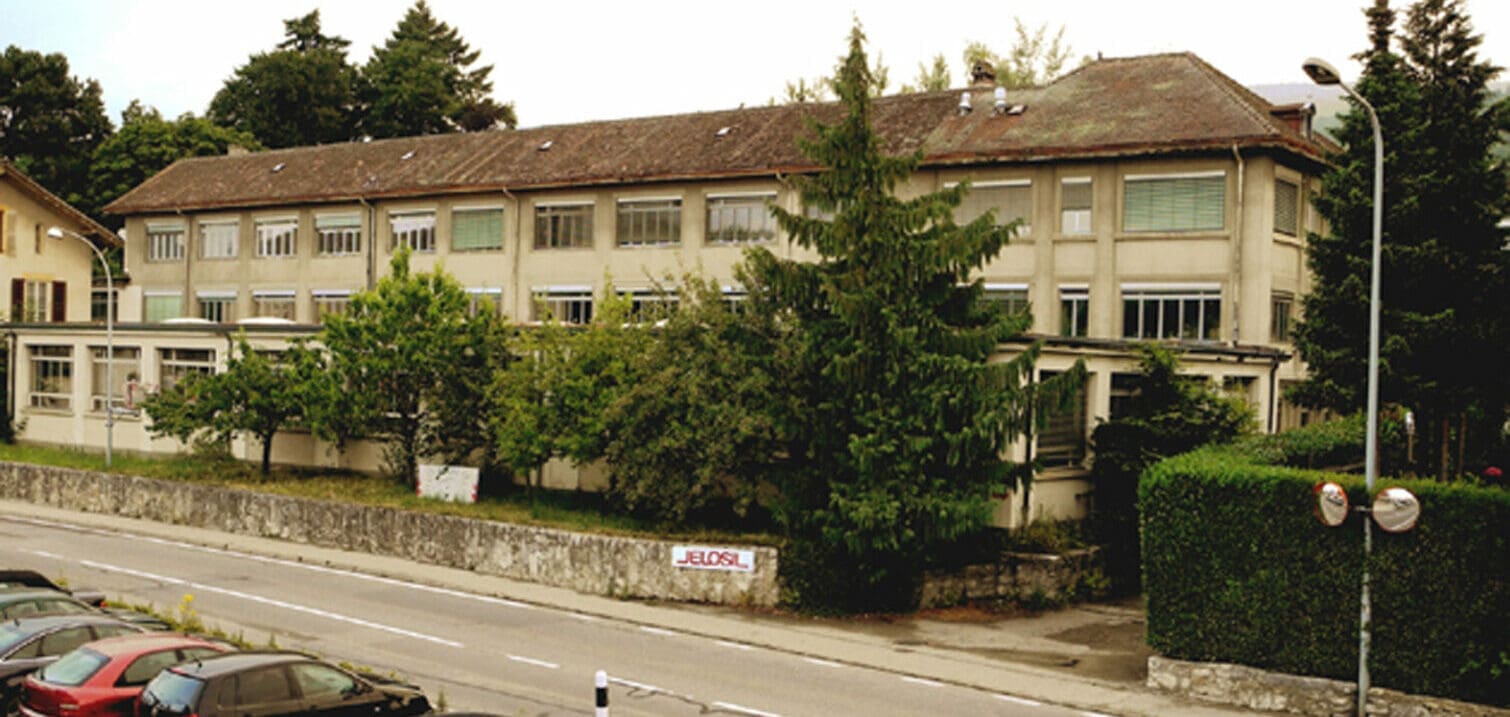
You might have seen Landeron referenced briefly when browsing vintage chronographs, or possibly even one of the new watches which have used refurbished Landeron movements. The fact that there are still new-old-stock Landeron movements to be found in Swiss warehouses is a testament to how prolific they were in their peak. Before we get to their soaring midcentury popularity however, let’s take it to the beginning.
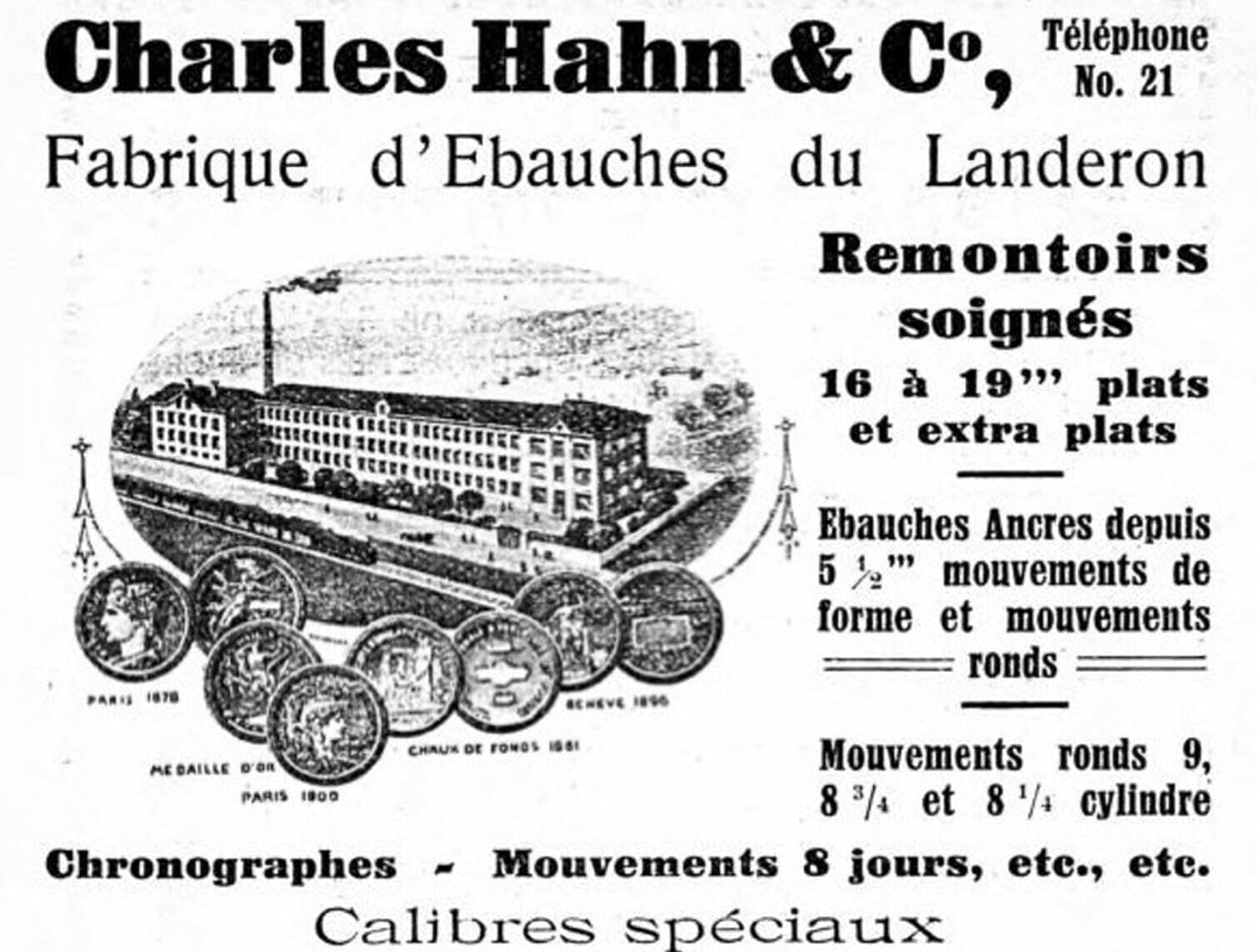
Le Landeron was first built as a fortified town in 1329 to protect the Eastern side of Neuchâtel, and it was a short five centuries until it received its first train station in 1869. An industrial boom was immediate, and parts for watches were in demand. The Hahn brothers Charles Alfred and Aimé Auguste founded their company Charles Hahn & Cie. in 1873, shortly thereafter changing the name to Hahn Frères et Cie. in 1875 when Charles died. The management was taken over by Charles’ son, rather confusingly also named Charles, who then changed the company name back to Charles Hahn & Cie. in 1898. They moved into producing their own fully fledged watches and movements and by the 1880s were winning medals across Europe for their quality. Small movements for women’s watches were their specialty, but that would soon change.
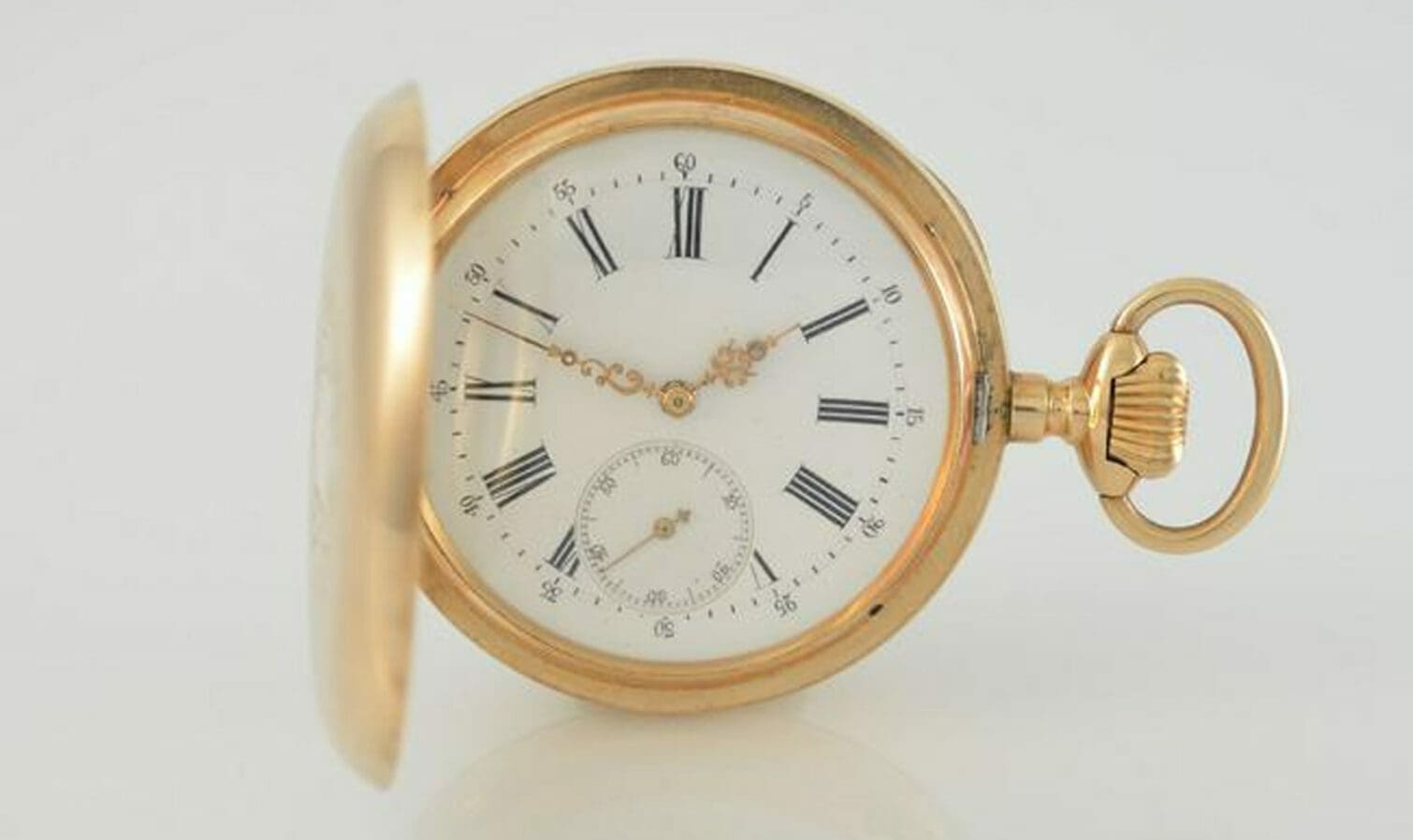
Fabrique d’Horlogerie de Fontainemelon were the first company to supply ebauches to other watchmakers as far back as 1816, but they would end up merging with Charles Hahn & Cie. in 1925, who then both joined the Swiss state-supported Ebauches SA as founding members. The Swiss watch industry had profited greatly from supplying all sides of The Great War, and in the post-war economic boom much of the world was ready to encourage the growing trend of wristwatches for men. In the early ‘20s, the company which was now referred to simply as Landeron was one of Switzerland’s leading suppliers of ebauches, powering brands such as Breitling, Cyma, and plenty more with column-wheel chronographs.
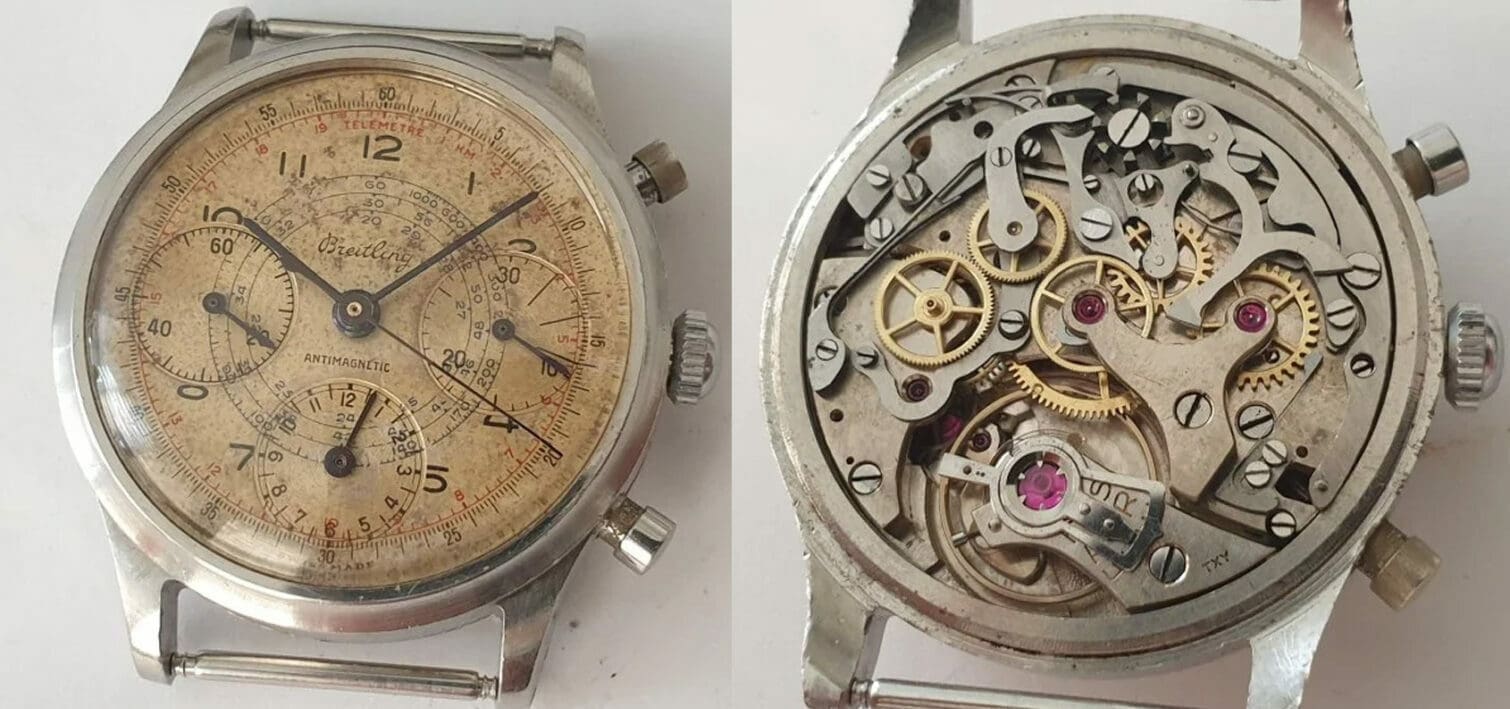
The creation of Ebauches SA not only benefited its members, but also aimed to restore faith in the Swiss-made label which was at risk of damage from the mass of companies selling either whole movements or individual components, flooding the market and eventually failing. Prices were falling, and 1931 saw the foundation of ASUAG to try and control the industry even more. Beneath this general atmosphere of chaos and panic, Landeron were performing steadily. There was also the looming threat of the Second World War, but it was no deterrent to the neutral Switzerland. In 1937, Landeron created their magnum opus.
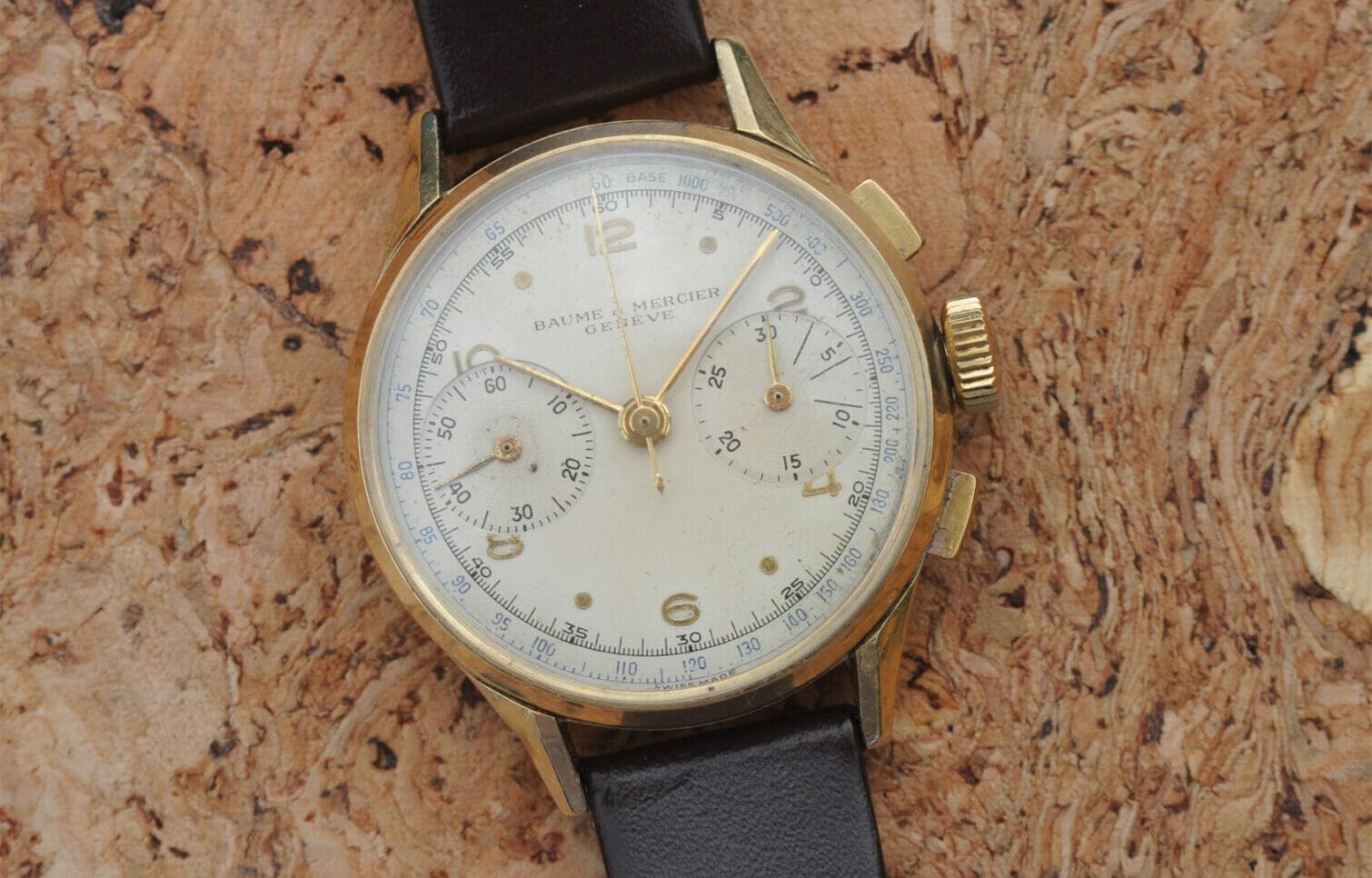
The Landeron 47 was a revolution for both the company and chronographs worldwide, pioneering the cam actuation which would make these complicated movements much more affordable. Small improvements led into the Landeron 48 transition in the same year, which would then be the basis for nearly all of their chronograph movements to come. The Landeron 48 quickly found its way into countless Swiss watches of varying styles, from utilitarian sports chronographs like the Heuer Carrera to Calatrava-inspired dress watches with precious metal cases. People could now buy reliable Swiss chronographs that were actually affordable, without the fear of wondering how many bankrupted companies had supplied parts for the movement.
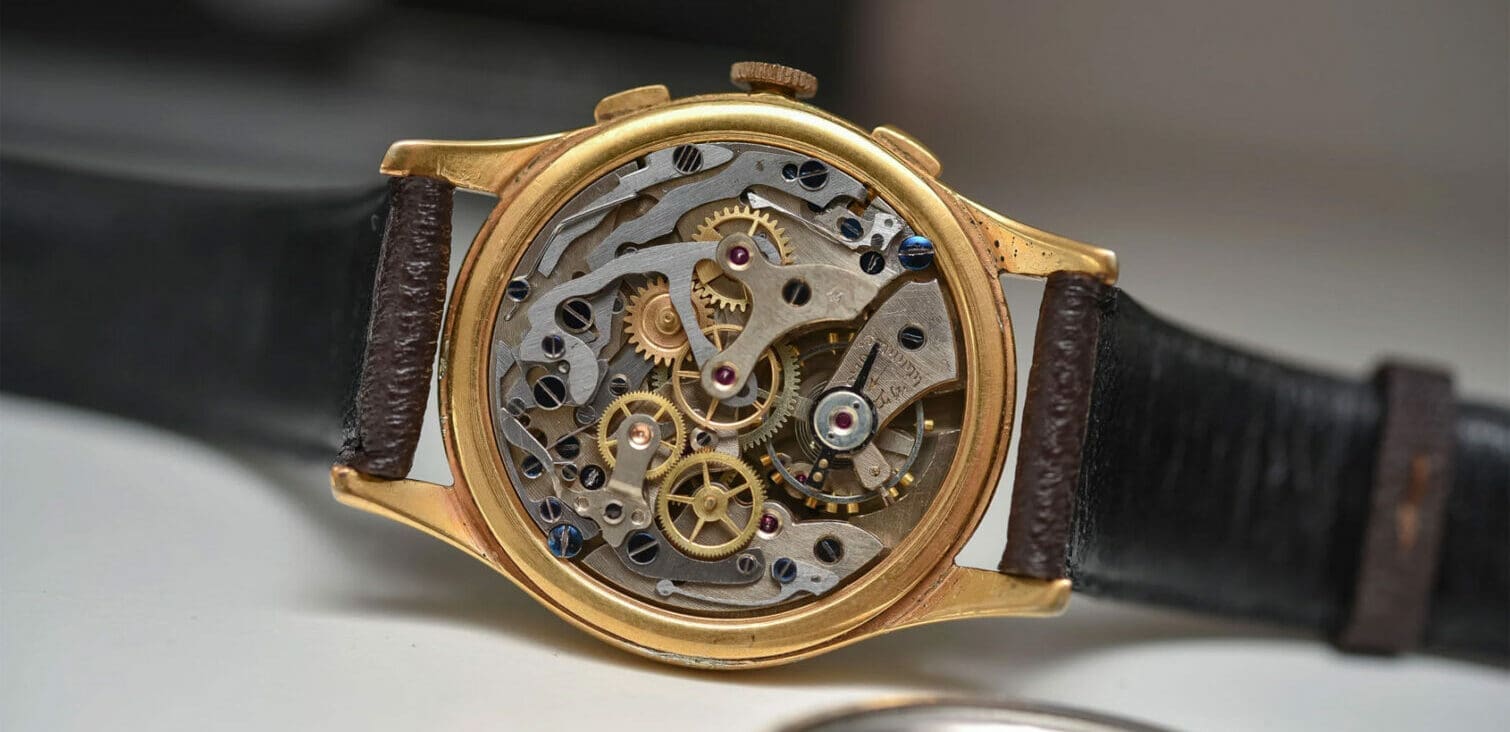
The reason why cam switching was more affordable than the traditional column-wheel arrangement wasn’t necessarily because it was less complicated or used fewer components, but rather because the tolerances of those components didn’t need to be as precise. This saved time on the production and assembly lines, and thus saved money. Some say that the way cam actuation meshes its wheels together creates too much wear in comparison to the column-wheel, but that’s not quite true. The pushers can be harder to press and the chronograph hand may jump slightly upon actuation, but both kinds of movements have proven themselves to be just as reliable as each other over the decades.
Landeron would go on to produce several variants of the 48 over the years including complications such as full calendars and moonphases, however they remained mostly interchangeable. Their upward trajectory was set for the next few decades, and by the mid 1950s the Landeron 48 was inescapable. Between its launch and its closure, over 3.5 million units of the Landeron 48 had been produced.
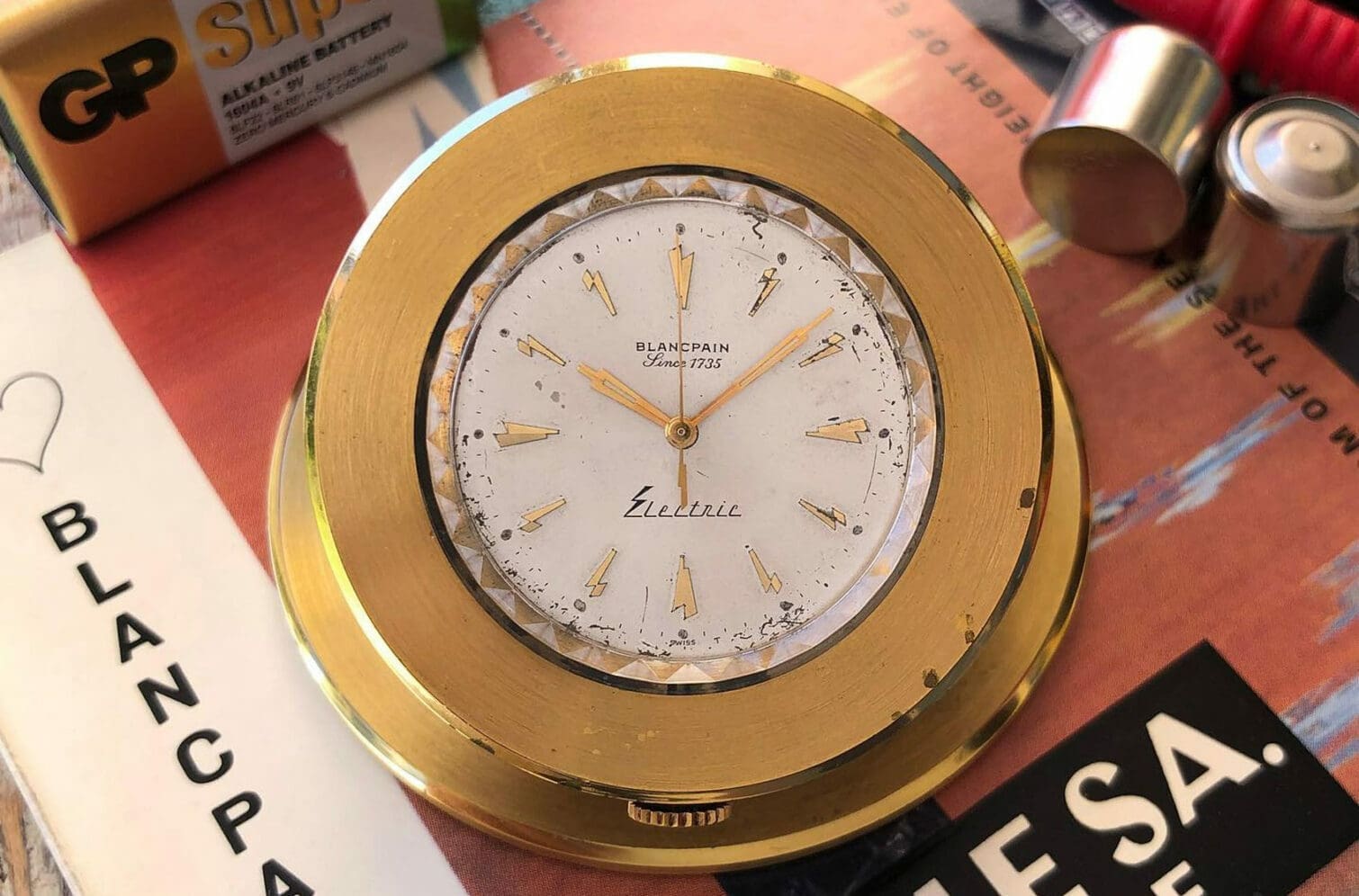
Although the 1950s were great to Landeron, the end of the ‘50s began to see a new kind of innovation coming out of the United States. Hamilton Electric invented their battery-driven watch movement in 1957, and its popularity was followed by other companies like Bulova and Elgin in America, Laco in Germany, and Lip in France. Landeron was the first Swiss company to produce an electric watch movement in 1961, which was a promising concept at launch but an unknowing step towards their own demise. The Landeron 4750 even found its way into a Blancpain desk clock with lightning bolt indices, which is a hilarious contradiction for the world’s oldest watchmaker who pride themselves on traditionalism and anti-quartz rhetoric.
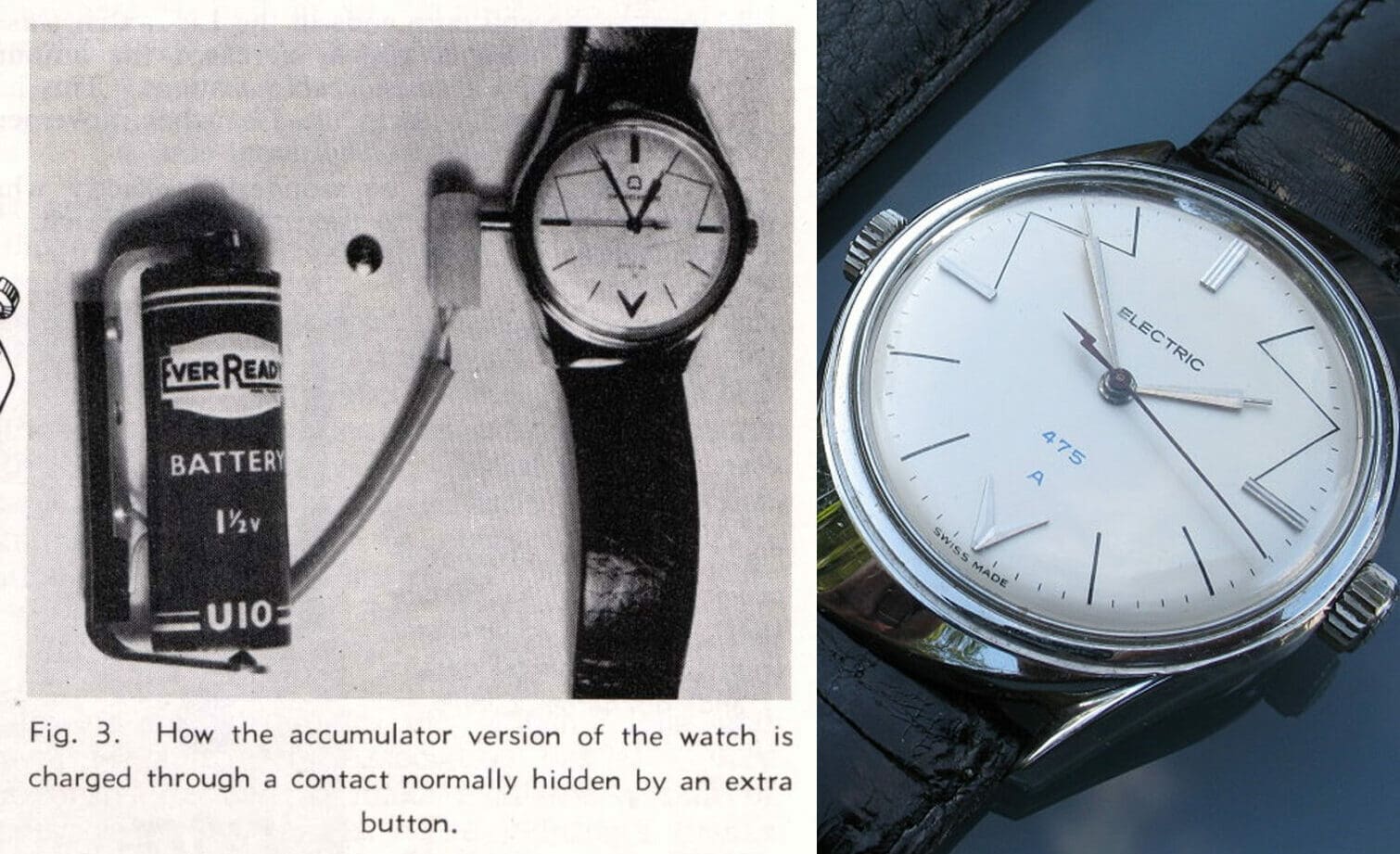
The Landeron 4751 was released the following year, with a longer battery life of 10-12 months and a thinner profile, but despite a growing list of customers for their electric movements the whole project was failing. Ebauches SA, who were ultimately still in charge of Landeron, committed to a five-year project attempting to perfect the Dynotron movement using Landeron as their production base. The Dynotron calibre 9150 was released in 1967, and despite moderate success the entire watchmaking world was about to change. Seiko began selling their new quartz technology in 1969, and it was immediately apparent how superior it was than electronic movements with plastic balance wheels. Landeron stopped producing the mechanical Landeron 48 family of movements in 1970 and was focused on producing for Ebauches Electronics, Ltd. before it was suddenly shut down in 1983.
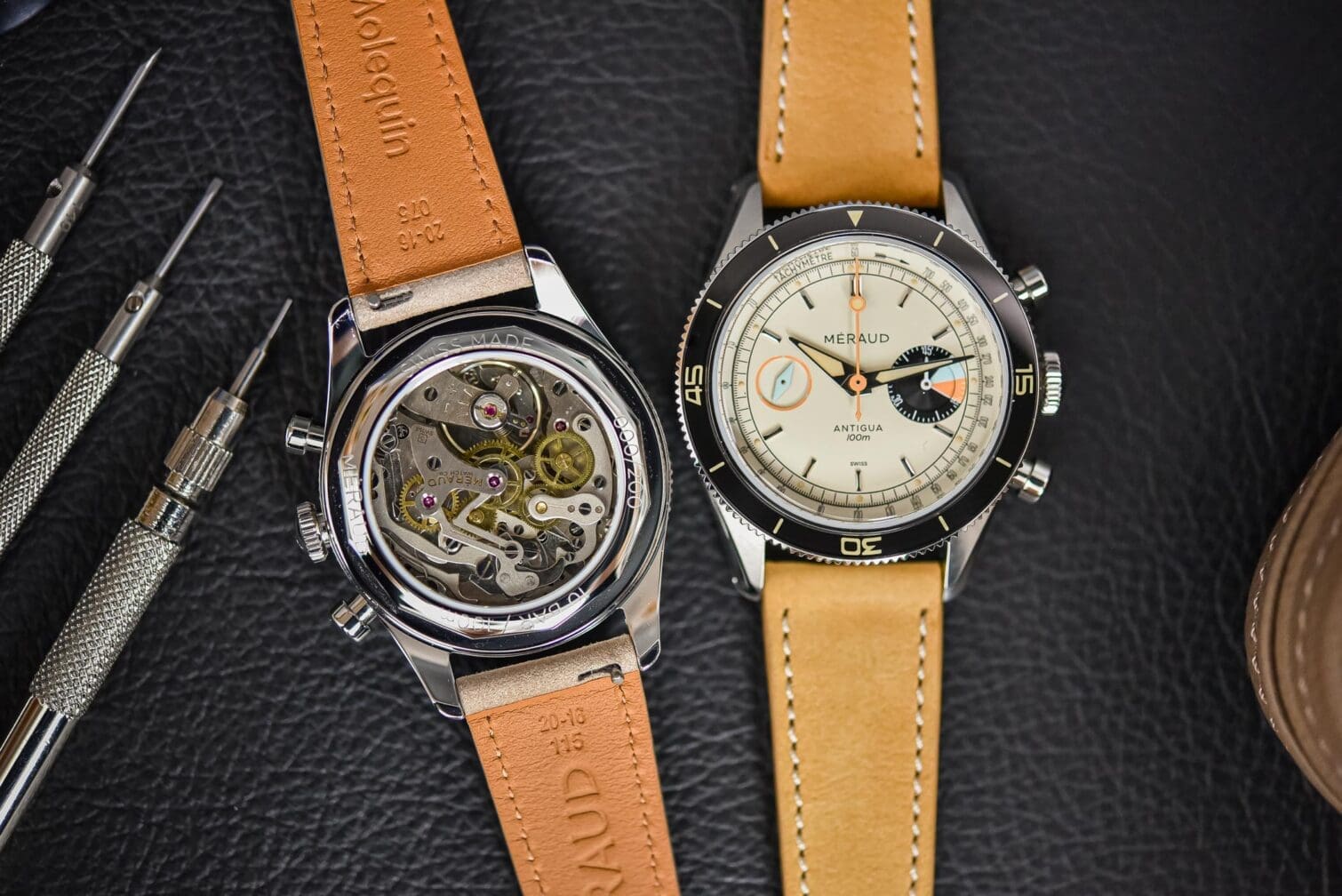
After its closure, the name of Landeron fell into the same obscurity that claimed many more of the Swiss companies devastated by the Quartz Crisis. It’s legacy would still be felt however, especially through the cam-actuated chronographs of the 1970s. They were dominated by Valjoux 7750 movements, themselves based upon Venus calibers that had been inspired by the pioneering Landeron 48. Today, the last of those 3.5 million movements are still being used to help service the vintage watches that remain reliable, and we may yet see more brands use them as NOS refurbished movements for retro releases.




